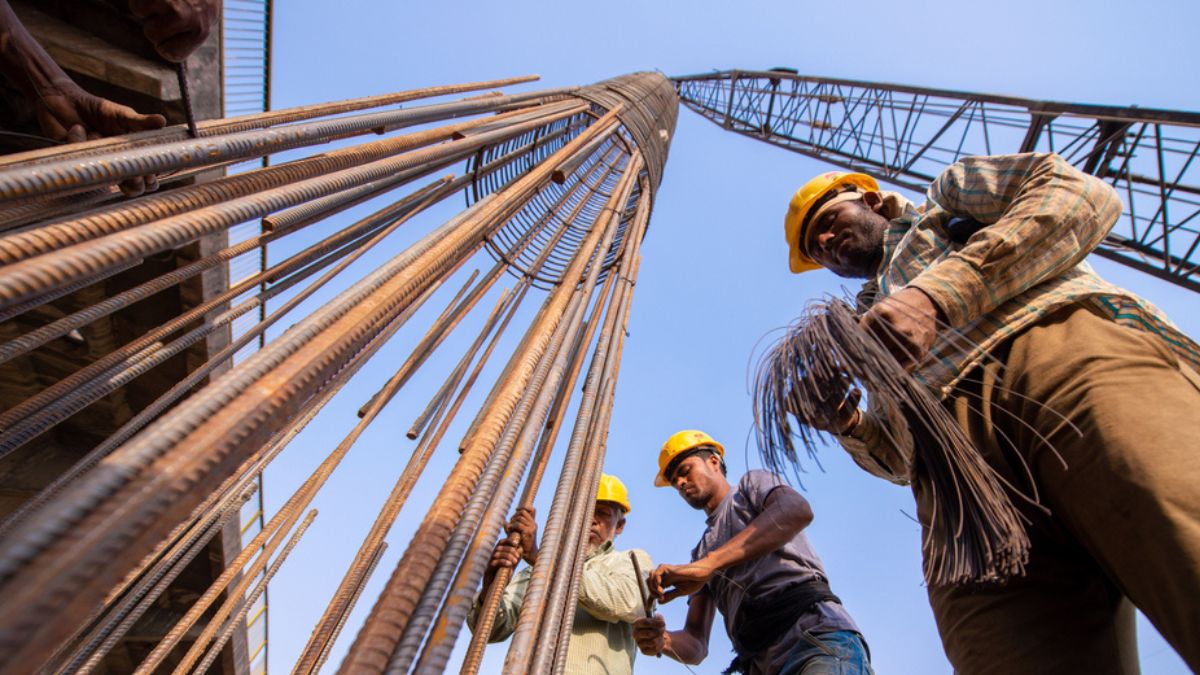Cheap steel imports threaten India’s domestic industry: RBI bulletin
 Representative image | Shutterstock
Representative image | Shutterstock
India's booming infrastructure sector made it one of the world's largest steel consumers, but a new Reserve Bank of India (RBI) study revealed that the country's domestic steel industry is under severe pressure from cheap imports flooding the market.
Between 2023 and 2025, countries like China, Japan, Vietnam, South Korea, and Russia have been "dumping" steel in India—selling it at prices far below domestic production costs—squeezing local manufacturers and threatening thousands of jobs.
The study, published in the latest RBI Bulletin (October 2025), analysed 12 years of data and found that India's steel consumption surged by over 11-13 per cent annually, driven by large-scale construction and infrastructure projects.
However, domestic steel production growth slowed sharply to just 6.8 per cent in the financial year 2024-25, down from double-digit rates in previous years. The shortfall was met almost entirely through imports.
According to the research, the price sensitivity of steel imports was exceptionally high. For every 1 per cent drop in global steel prices, India's steel imports rose by 0.73 per cent to 1.01 per cent.
This meant Indian buyers, seeking lower costs, preferred imported steel over locally manufactured products. South Korea accounted for nearly 15 per cent of India's steel imports, followed by China at 10 per cent, and Japan, the USA, and the UK.
Consequences of cheap imported steel
The consequences were severe for India's steel sector. Capacity utilisation in domestic steel plants dropped below 80 per cent for the first time in four years, according to Indian rating agency ICRA.
This decline translated to underutilised factories, reduced profitability, and potential job losses across the value chain—from mining to manufacturing.
While cheaper steel imports initially benefitted consumers and construction firms through lower costs, the RBI study warned that domestic production suffered significantly within 8-10 months.
As demand for Indian-made steel weakened, factories cut output, laying off workers and delaying capital investments. The ripple effect slowed India's broader industrial growth.
The study highlighted a troubling paradox: India's rapid infrastructure boom, fueled partly by imported steel, undermined its own manufacturing base. Chinese steel producers, facing sluggish domestic demand, redirected surplus capacity toward high-growth markets like India. Additionally, new US tariffs on steel pushed more exporters to target the Indian market.
The RBI Bulletin called for the need for protective measures—such as anti-dumping duties or safeguards—to shield its domestic industry. Balancing competitiveness, innovation, and policy intervention will be critical to ensuring India's steel sector thrives alongside its infrastructure ambitions.
Business